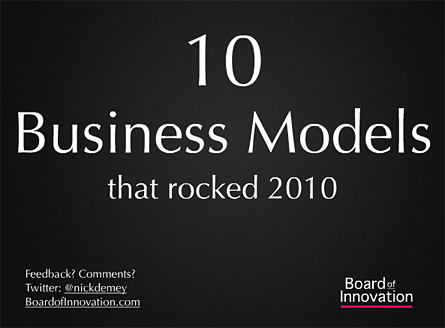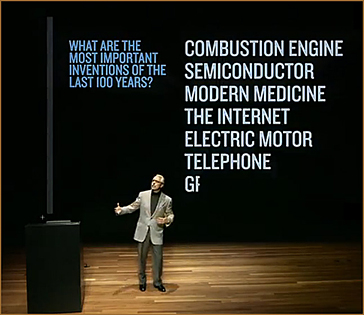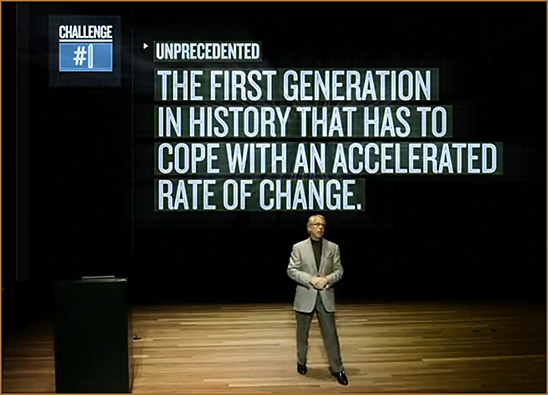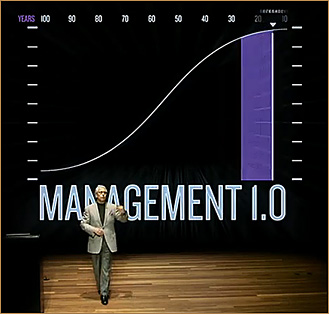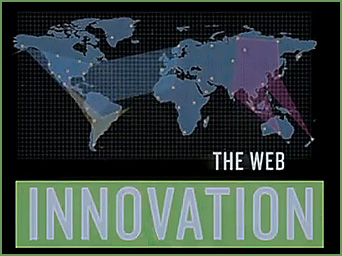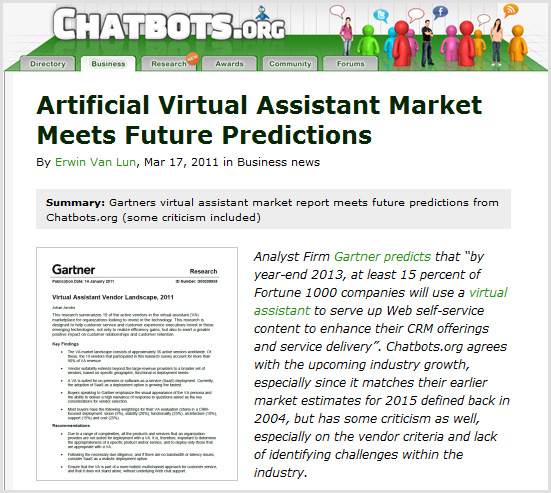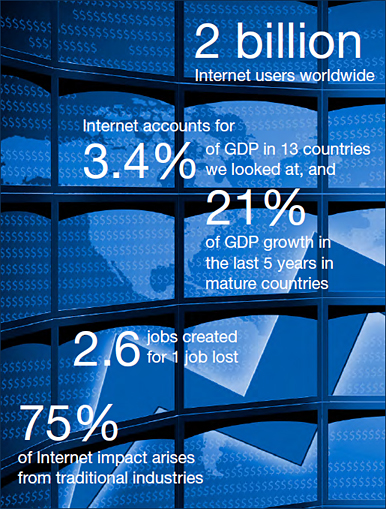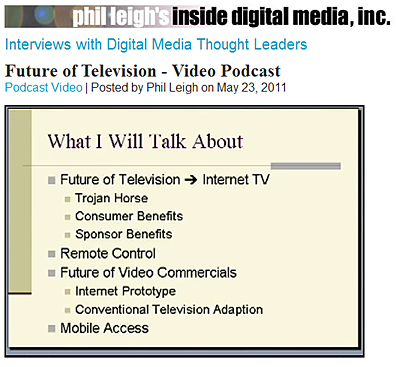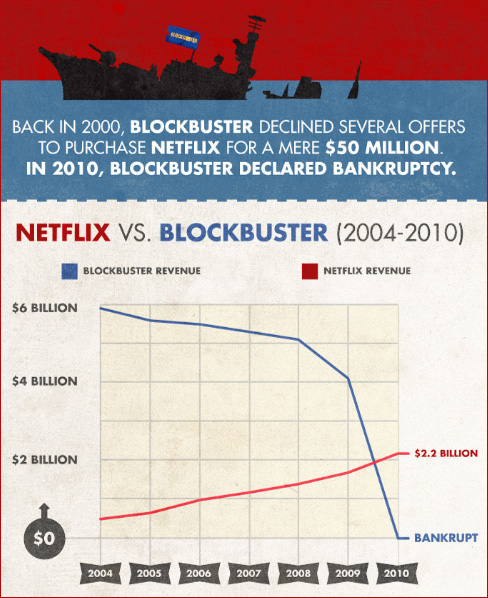Smashing the cubicles — from technologyreview.com by Tom Simonite
By sketching future spaces around tablets, smart phones, and social technologies, companies can operate with far fewer desks.

Designed for mobility:
This conference table, from the design firm Steelcase, allows employees to dock their mobile devices and take turns sharing the displays at the ends of the table. Credit: Steelcase
Also see:
- The Rise of the Virtual Office — from technologyreview.com
As the definition of the workplace changes, dramatic increases in productivity could be ahead.
Analysis: In debt row, hints of emerging-economy crises — from Reuters by Pedro Nicolaci da Costa
WASHINGTON | Sun Jul 24, 2011 5:59pm EDT
Debt default. A ratings downgrade. Political deadlock. Such terms, once associated primarily with the developing world, now abound in the mighty United States.
Human Capital Trends 2011 — Revolution/Evolution — from deloitte.com
Revolution
Workforce analytics: Up the ante …………………………………………….. 1
HR in the cloud: It’s inevitable …………………………………………………. 4
From ladder to lattice: The shift is on ………………………………………. 7
Emerging markets: The front line for growth and talent …………….. 10
Diversity and inclusion: Driving business performance ………………… 12
Next-generation leaders: New models for filling the pipeline ………. 15
Evolution
Talent in the upturn: Recovery brings its own challenges ……………. 18
COOs for HR: Operations takes a seat at the table …………………….. 21
Leading in a regulated world: All risk, all the time……………………… 23
Collective leadership: Getting organizations to work as one ……….. 27
Contingent workforce: A critical talent segment ……………………….. 30
Employer health care reform: Moving beyond compliance …………. 32
Reinventing the Technology of Human Accomplishment — by Gary Hamel; from the University of Phoenix Distinguished Guest Video Lecture Series.
From DSC:
No matter whether you agree with what Gary is saying or not, can you imagine if every lecture contained this type of team-based assistance in creating the motion graphics, recording the video, editing the video, executing proper sound design principles, etc.? Most likely such an endeavor would be more achievable/successful when producing content in a controlled, studio type of environment — and then presenting it online (vs. trying to do this in front of a live classroom/audience/face-to-face.)
Anyway, very powerful communication channels here! Excellent use of motion graphics to backup his message. A transcript with bolded headings and colored main points would be great too. By the way, wouldn’t it be cool for “call outs” to appear — somewhat in an augmented reality sort of way — when a main point was just made?!
Description of video:
Watch Gary Hamel, celebrated management thinker and author and co-founder of the Management Innovation eXchange (MIX), make the case for reinventing management for the 21st century. In this fast-paced, idea-packed, 15-minute video essay, Hamel paints a vivid picture of what it means to build organizations that are fundamentally fit for the future—and genuinely fit for human beings. It’s time to radically rethink how we mobilize people and organize resources to productive ends. Here’s how we start.
This video is an excerpt from the University of Phoenix Distinguished Guest Video Lecture Series.
Sample screen shots:
From DSC:
Again, can you imagine the bump in engagement/attention spans if a faculty member could be backed up by these types of motion graphics!?
From DSC:
I realize that many of the for-profits are already using teams of specialists…but many others are not.
–Originally saw this at the
Higher Education Management blog by Keith Hampson
Five creativity exercises to find your passion — from Entrepreneur by Lisa Girard
Want to start a business, but not sure what to pursue? Here’s how to discover what you love.
Excerpt:
“It’s amazing how disconnected we become to the things that brought us the most joy in favor of what’s practical,” says Rob Levit, an Annapolis, Md.-based creativity expert, speaker and business consultant.
Levit suggests making a list of all the things you remember enjoying as a child. Would you enjoy that activity now? For example, Frank Lloyd Wright, America’s greatest architect, played with wooden blocks all through childhood and perhaps well past it.
Tenants like new building’s digital wall so much they’re negotiating screen time — from sixteen-nine.net by Dave Haynes
Also see:
Measuring the Net’s growth dividend
New McKinsey research finds that the Internet now accounts for a significant share of global GDP and plays an increasingly important role in economic growth.
Excerpt:
The Internet is a vast mosaic of economic activity, ranging from millions of daily online transactions and communications to smartphone downloads of TV shows. Little is known, however, about how the Net in its entirety contributes to global growth, productivity, and employment. New McKinsey research examined the Internet economies of the G8 nations (Canada, France, Germany, Italy, Japan, Russia, the United Kingdom, and the United States), as well as Brazil, China, India, South Korea, and Sweden. It found that the Internet accounts for a significant and growing portion of global GDP.
An extensive study by the McKinsey Global Institute (MGI)—Internet matters: The Net’s sweeping impact on growth, jobs, and prosperity—includes these findings…
Future of Television – Video Podcast — from Phil Leigh’s Inside Digital Media, Inc.
Related item:
- John Hendricks: The Future of Television – The Discovery Channel (May 17, 2011)
The story so far: What we know about the business of digital journalism — from Columbia Journalism School by Bill Grueskin, Ava Seave, & Lucas Graves
From DSC:
This type of report is relevant for many of the industries being disrupted by the Internet, including higher education. To me, the words “reinvent” and “innovate” came to my mind while reviewing this report.
Also see:
- The story so far: Will sponsored content and creative ads save digital journalism? — from Forbes.com by Nathaniel Parish Flannery









